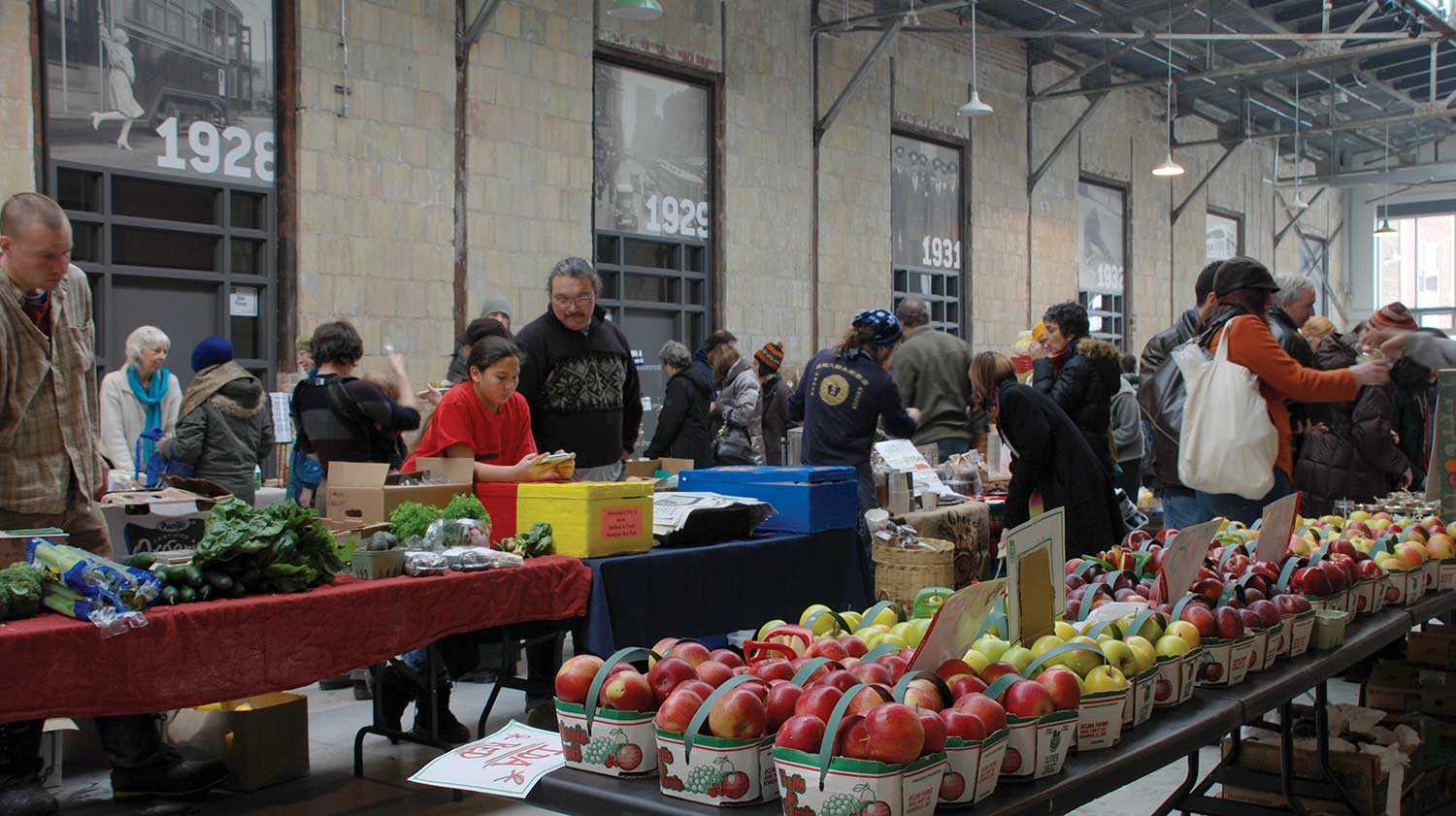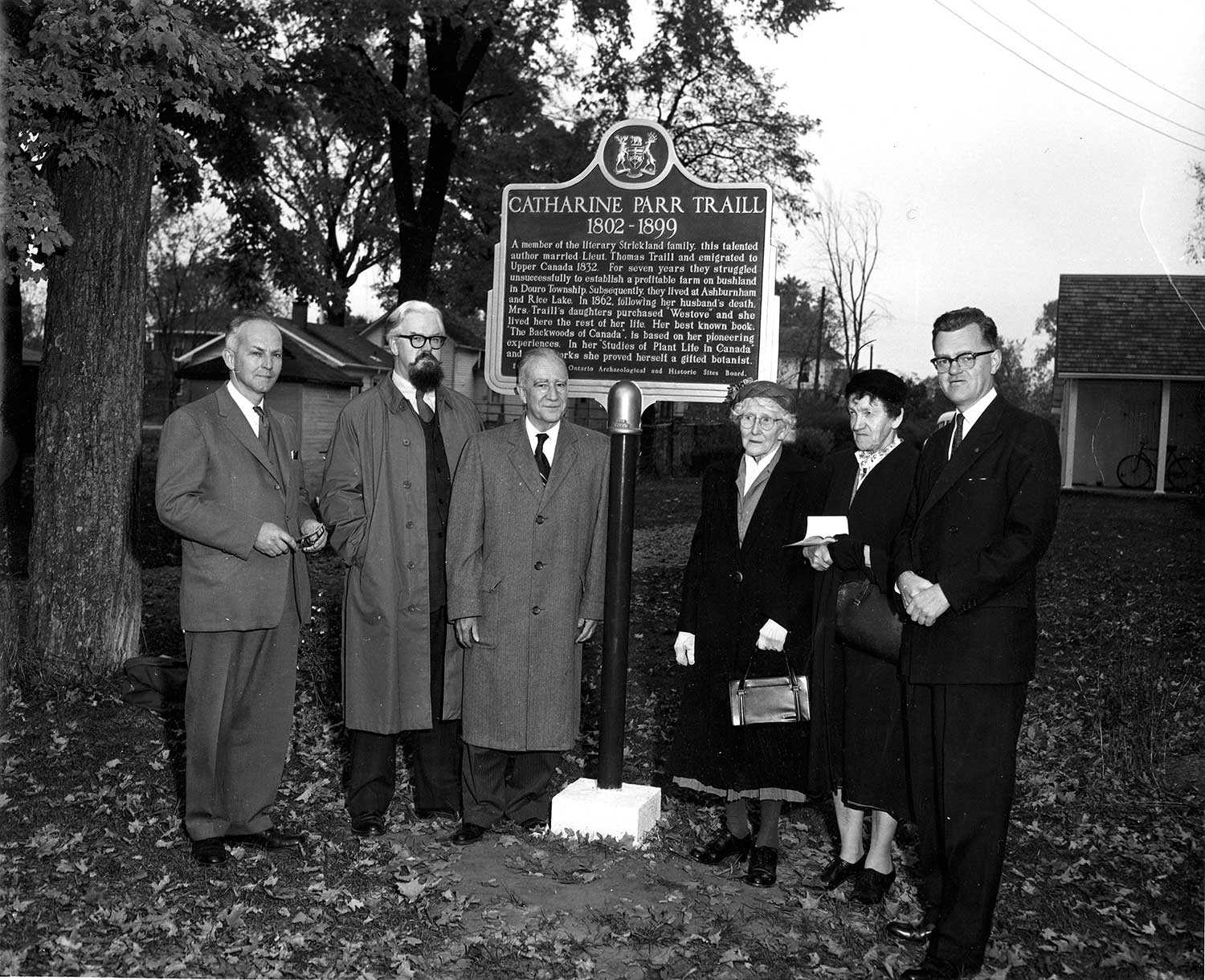

Browse by category
- Adaptive reuse
- Archaeology
- Arts and creativity
- Black heritage
- Buildings and architecture
- Communication
- Community
- Cultural landscapes
- Cultural objects
- Design
- Economics of heritage
- Environment
- Expanding the narrative
- Food
- Francophone heritage
- Indigenous heritage
- Intangible heritage
- Medical heritage
- Military heritage
- MyOntario
- Natural heritage
- Sport heritage
- Tools for conservation
- Women's heritage
Canada’s first elected woman chief
Women's heritage, Indigenous heritage
Published Date: Mar 20, 2018
Photo: Elsie Knott, Canada’s first elected woman chief
Elsie Knott was born at her Curve Lake home on September 20, 1922 to George and Esther Taylor, the fifth of six siblings. Because of muscle weakness in her legs, she couldn’t start her schooling until she was nine years old. Elsie finished her Grade 8 education in her 14th year.
The Canadian government didn’t sponsor native students to further their education, so most girls were married at an early age for family/ economic reasons. Elsie was married at age 15 and became the mother of three before she was 20. Her husband, Cecil, was injured while hunting and developed tuberculosis on his injury. Elsie was devastated because the family support fell on her shoulders. They received $15 a month on welfare, which caused tremendous hardship as they struggled in their two-room log home.
Education was always important to her and, as soon as her children started to attend school, she began searching for work. She vowed to give her family a better lifestyle than depending on social assistance. She found work at summer resorts and berry farms, and caught minnows to sell to tourists. She also worked as a caretaker at the church, town hall and school and received $25 every three months.
“Chief Elsie Knott fulfilled her role as a strong Anishinabe que … our women have such an important role in nurturing and guiding our people. Her passion for our youth, her promotion of sports and recreation but ultimately her breaking the trail for female leadership on the political landscape had far-reaching positive outcome. I had the good fortune to have had her as a mentor and role model from 1975 until her passing. She was at the forefront of all our political gains, not just for her First Nation but our Anishinaabek Nation, all of Ontario and nationally.” Grand Council Chief Patrick Wedaseh Madahbee, Anishinabek Nation
Elsie became a Sunday school teacher, helped to organize regattas, baseball teams, scouts and girl guides. She planned socials and concerts to help with the cost of equipment and uniforms. Her husband worked as a guide and she worked as a cook for a millionaire’s family, which enabled them to buy an “A” model Ford car.
In 1952, the government allowed native woman to vote and run for office. At election time, some men asked Elsie to run for chief, a request somewhat amusing to her. She won by a landslide and became the first elected woman chief in Canada. Elsie now had a heavier workload on her shoulders. She didn’t collect a salary for eight years because she knew the band funds were almost non-existent. She believed that her community deserved a better lifestyle instead of living as second-class citizens. With her people’s help, they beautified the cemetery in order to be proud of their ancestors. Next, she organized a powwow and bought groceries for everyone at Christmas. Five students wanted to attend high school but no funding was available. Elsie convinced the Indian agent to commit to paying a driver. Someone drove the students to catch the bus but forgot to pick them up; Elsie took the students in her Ford. More students wanted to attend, but she couldn’t get a co-signer to purchase a bigger vehicle. Elsie went and bought a used hearse instead, put benches inside and painted it blue. She wanted drilled wells for the people and, with much persuasion, the Indian agent agreed to dig some wells. New homes were needed and core funding became available for the community. Many new homes have been built, also a daycare and seniors building, health centre, community hall and school. Elsie drove a school bus for 34 years and ended up with two large buses and 130 students. She owned a variety store and post office. She was a chief for 16 years and eight years as a band councillor. She was a member and Senator of the Union of Ontario Indians and met with leaders across Canada and went to banquets for the Queen and prime ministers. Her most treasured work was fundraising for a new church. Elsie Knott was a committed believer of Jesus, Son of God, our Creator. Elsie died on December 3, 1995 at the age of 73. [Photos courtesy of the Curve Lake Cultural Centre Archives]
“Chief Elsie Knott was a strong woman whose voice carried to many audiences, ensuring that Indigenous people and First Nations were recognized in the realm of politics and social wellbeing. She led the way for many women nationally, regionally and locally. With her determination while amongst the more vocal male politicians and leaders, she was steadfast to keep vision and focus for the Anishinaabe people. Elsie’s leadership in Curve Lake First Nation was paramount to showcase business, community development, education and employment opportunities. She was a woman with heart, spirit and faith.” Chief Phyllis Williams, Curve Lake First Nation

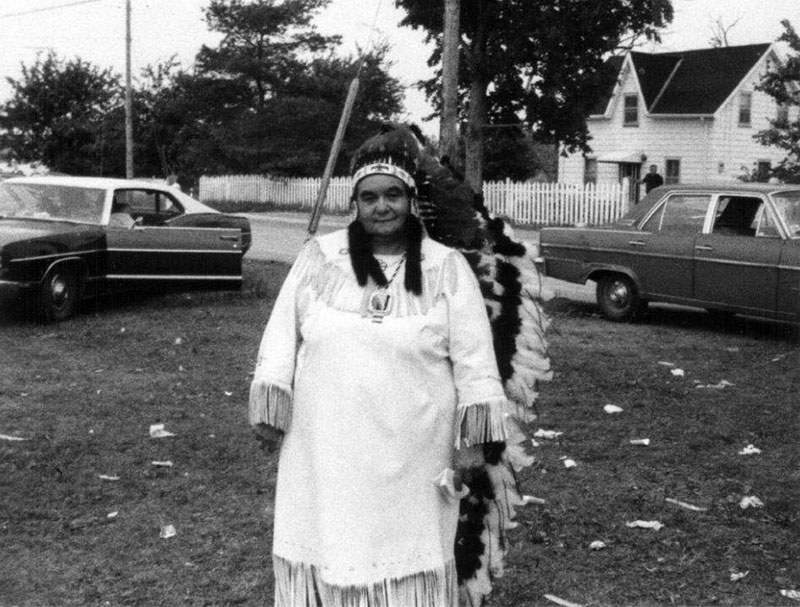




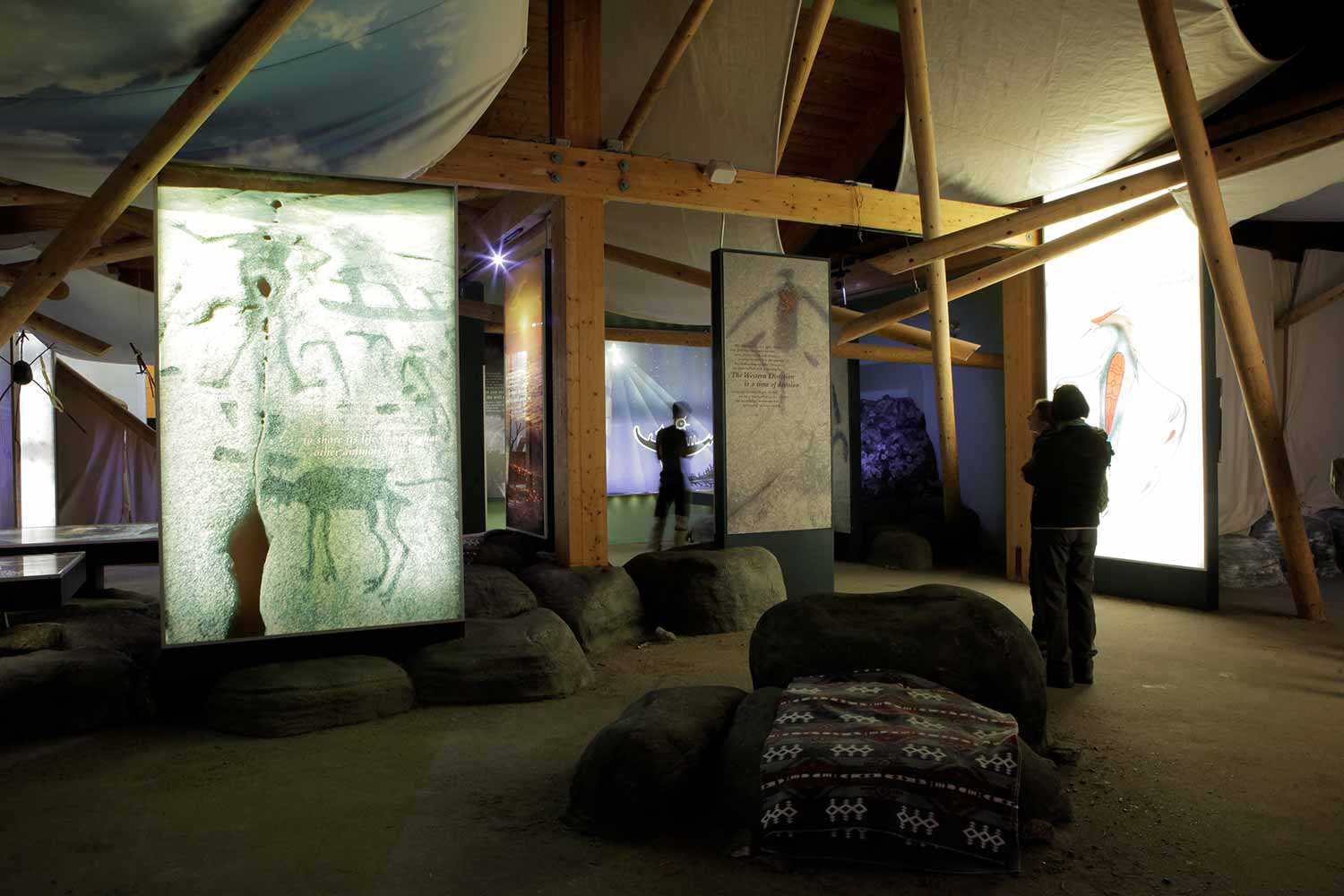



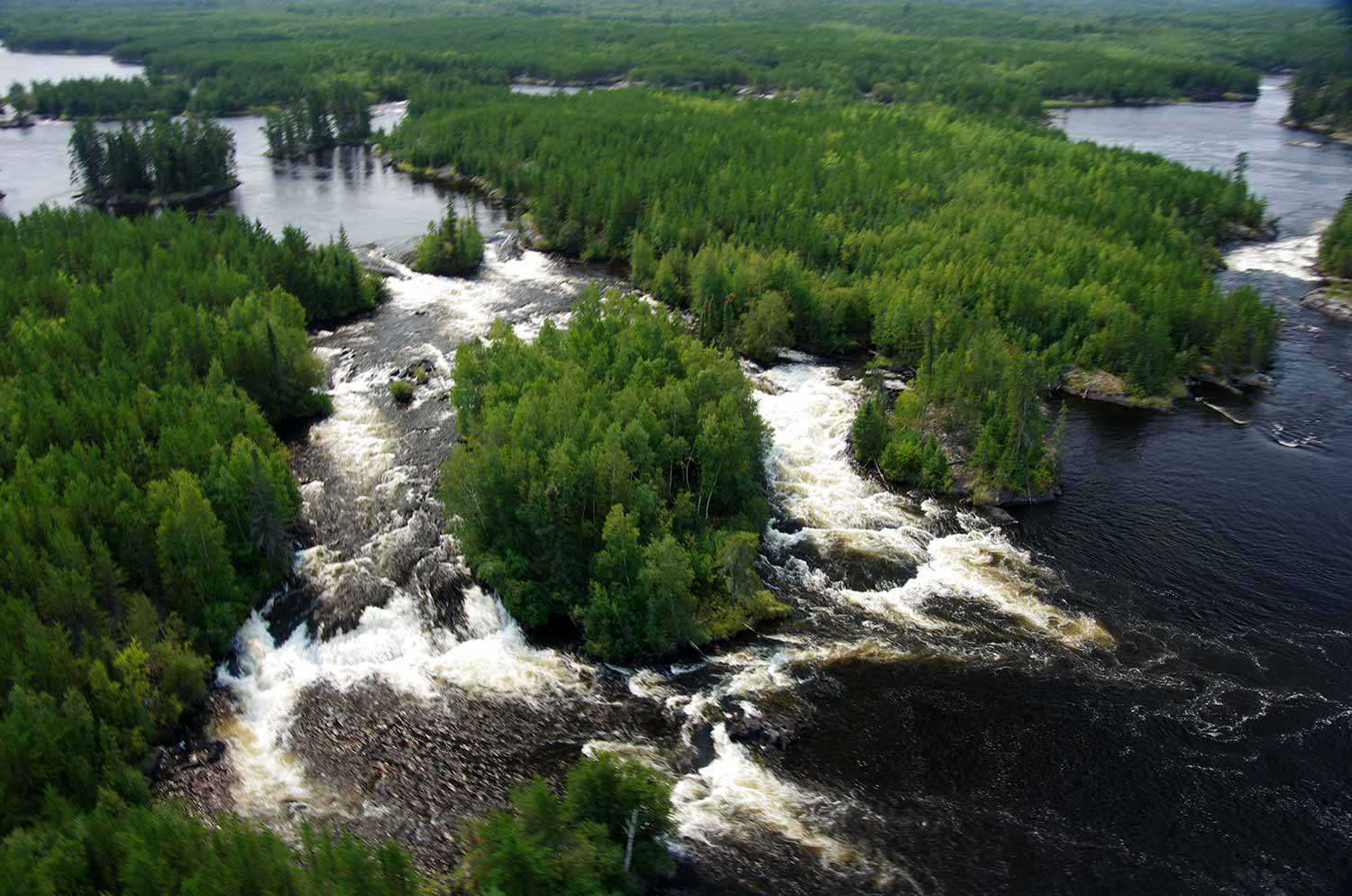

![“Mayor Oliver: Wonder who told them we didn’t encourage the suffragette movement in Toronto?”, [photograph], ca. 1910, Newton McConnell fonds, C 301-0-0-0-996, Archives of Ontario.](https://questions-de-patrimoine.ca/uploads/Articles/Archives-of-Ontario-cartoon-I0007312-web.jpg)





![F 2076-16-3-2/Unidentified woman and her son, [ca. 1900], Alvin D. McCurdy fonds, Archives of Ontario, I0027790.](https://questions-de-patrimoine.ca/uploads/Articles/27790_boy_and_woman_520-web.jpg)
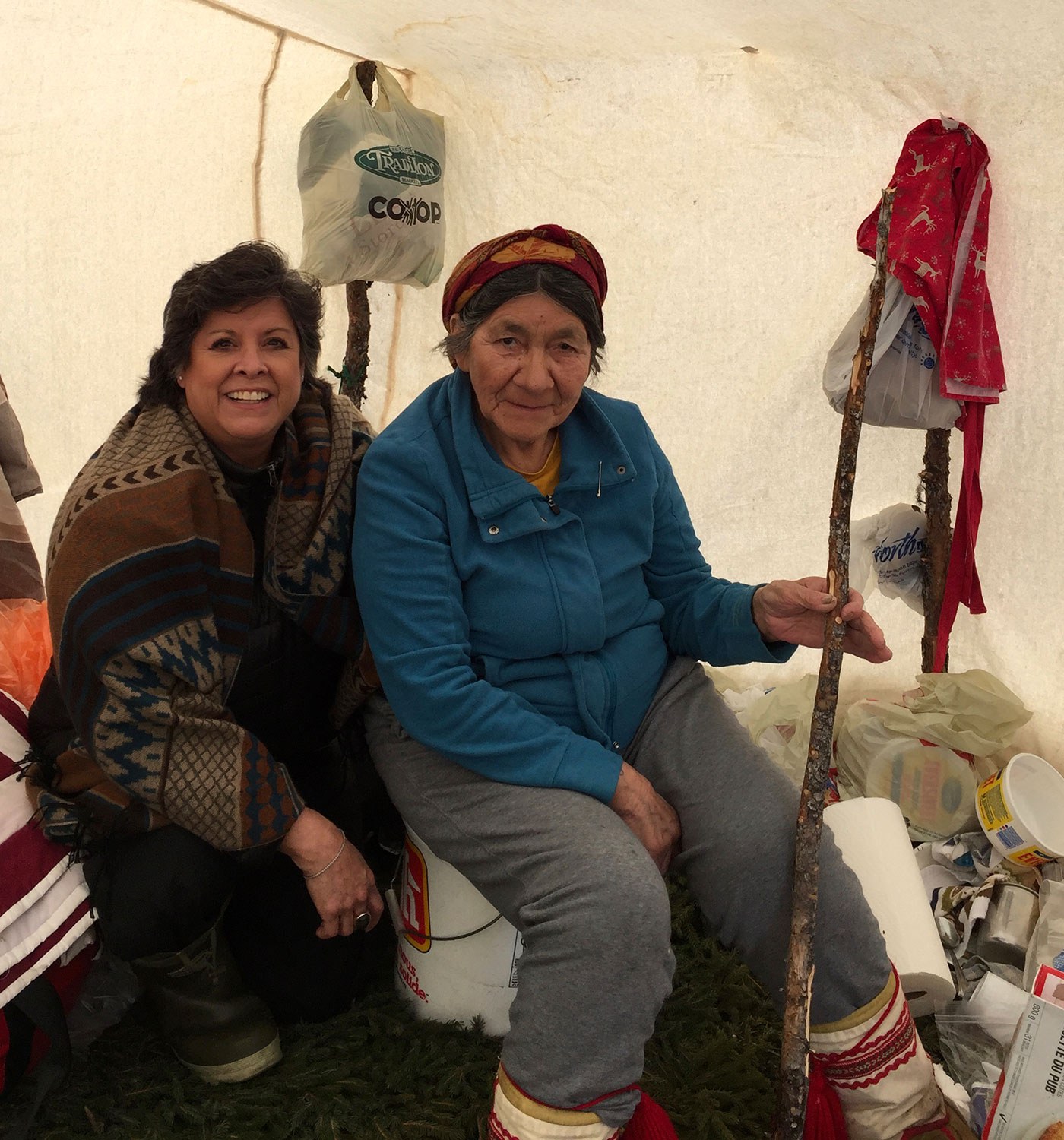


![Wyland, Francie. 1976. Motherhood, Lesbianism, Child Custody: The Case for Wages for Housework. Toronto: Wages Due Lesbians. Cover woodcut by Anne Quigley. CLGA collection, in monographs, folder M 1985-054].](https://questions-de-patrimoine.ca/uploads/Articles/Wages-Due-Lesbians_Wyland-pamphlet-image-web.jpg)


























